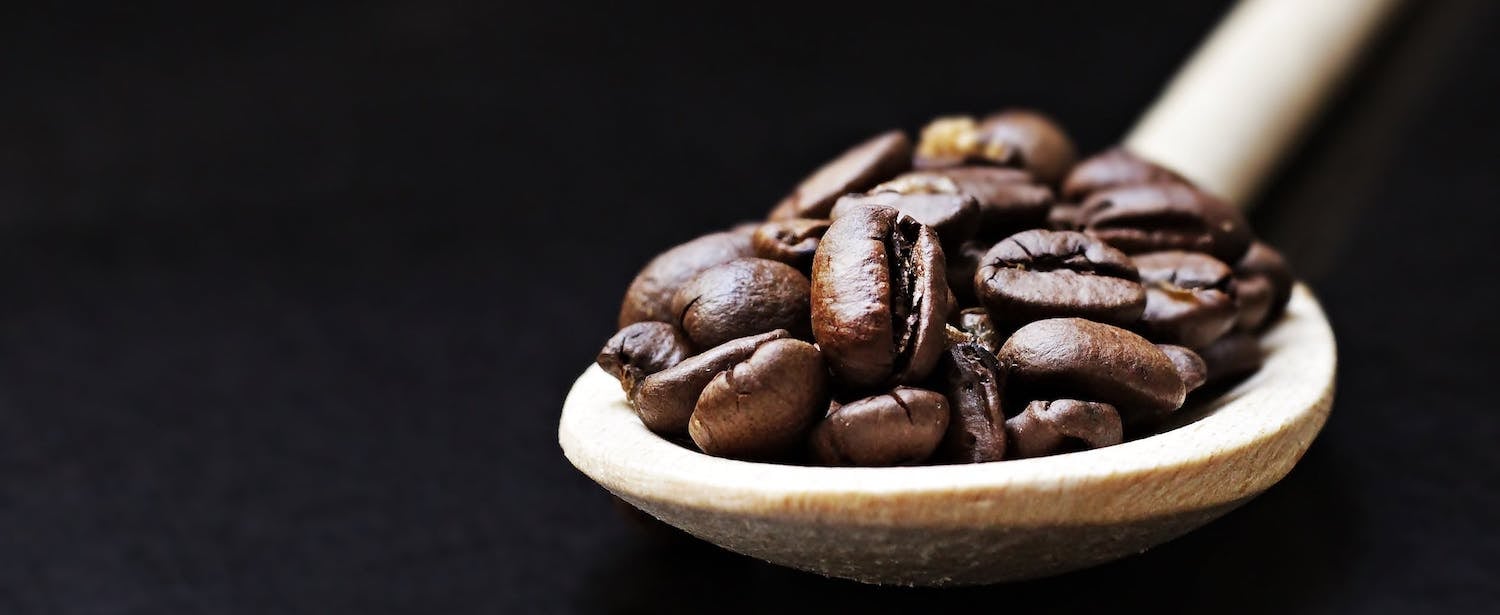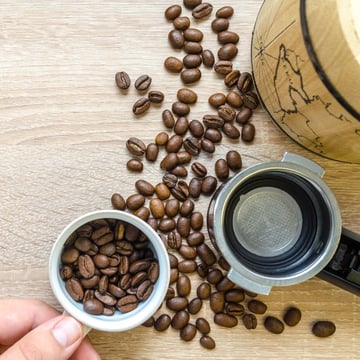
Traditional Italian espresso has been produced for over a hundred and has become the de facto base for specialist coffee around the world, so surely the best process for how to make an espresso should be a long-established fact, right? Apparently not, according to some recent research led by Christopher Hendon from the University of Oregon. They have developed an alternative model that provides better consistency of extraction, while minimising wasted coffee grounds.
What does the study say?
The issue that the researchers were trying to address was in the way the hot water doesn’t evenly move through the coffee grounds during espresso extraction. What this means is that due to the way espresso machines use very finely ground, tightly packed coffee, some parts of the grounds are more extracted than others, resulting both in unpredictable flavours and also wasted coffee. Using some very complex geometry, they have proposed an alternative model for extracting espresso, which they believe produces a more consistent product with fewer beans used.
The basis for this method us using fewer, more coarsely ground beans, which increases the amount of space between the particles. This allows the water to flow through much more evenly, and also much faster, reducing the extraction time from 25-35 seconds to 7-15 seconds. The more even soaking of the grounds results in a more consistent flavour, and also has the additional benefit of reducing the amount of coffee used by up to 25%.

What does that mean for coffee shops?
While further research is definitely required before coffee shops all around the world start changing their processes, this approach is definitely interesting and could be something coffee shops start to experiment with. It’s been predicted that if this was taken up by the whole coffee industry in the US, it would save in the region of $1.1billion each year.
As well as the financial benefits, reducing the amount of coffee used by 25% would have a massive environmental effect. This could have a real impact on reducing the carbon footprint of producing and shipping coffee beans across the world, plus it would help to address the increasingly high demands on the coffee farming industry.
These benefits sound amazing, but you would have to do some serious experimenting to make sure that this method produces espresso that works for you. While the flavours may be more consistent using this method, taste is very subjective, and the end product may not suit your customer’s palettes.
Of course, another great way to reduce wastage and increase consistency is with the automation technology found in WMF coffee machines. By automatically grinding and tamping the beans, espressos are produced at the touch of the button with no fear of human error. This means great flavours, less waste, and happy customers. We have a wide variety of bean-to-cup machines available, plus the classic portafilter stylings of the WMF Espresso, and super-efficient filter coffee machines like the WMF 9000 F. Download a brochure to see our full range.

